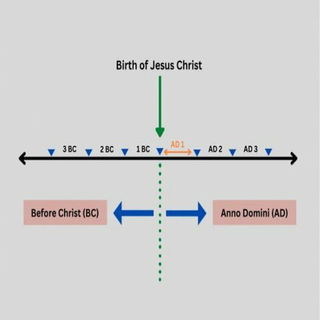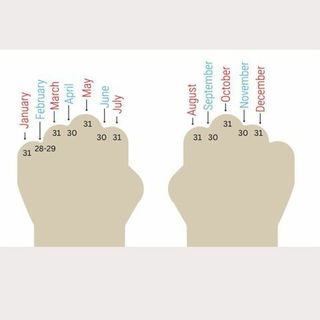In the Gregorian Calendar, a typical year has 365 days . Every four years is a leap year, where the month of February has one extra day. Thus on a Leap Year, there are 366 days .
How Many Days In The Year 2023
As it is a typical year, the 2023 calendar has 365 days with 105 weekend days.
In the United States, there are 251 working days and 10 federal holidays. Canada also has 251 working days, 5 nationwide mandatory holidays, and 6 additional holidays.
India has 254 working days and 10 public holidays whereas Australia has 249 working days and 11 public holidays. Some states also have additional public holidays relevant to the region.
Different states may observe their own State Holidays throughout the year, so those will also be a day off for their population. Check locally.
Check below how many days there are in each month this year.
- January : 31 days.
- February : 28 days.
- March : 31 days.
- April : 30 days.
- May : 31 days.
- June : 30 days.
- July : 31 days.
- August : 31 days.
- September : 30 days.
- October : 31 days.
- November : 30 days.
- December : 31 days.
Is 2023 a Leap Year?
No, 2023 is a common year. The next year's leap would be in 2024.
The time of a day is determined by the time it takes the Earth to completely rotate on its axis. It is measured through the time it takes the Sun to reach its highest point in the sky, twice consecutively.
The Earth takes 12 months to complete one turn around the Sun. These months correspond to a whole year and are divided into units of 28, 30, or 31 days. So, one solar year is 365.25 days long, or 365 days, 5 hours, 48 minutes, and 46 seconds.
Leap years happen every four years and add one extra day to the calendar to make up for those extra 5 hours, 48 minutes, and 46 seconds. These hours are rounded up to 6 hours because 6 times 4 is 24. The 24 corresponds to the hours that make up a whole day. This extra day is added to February, which has 29 days during a leap year.
Other Articles you will find interesting:











